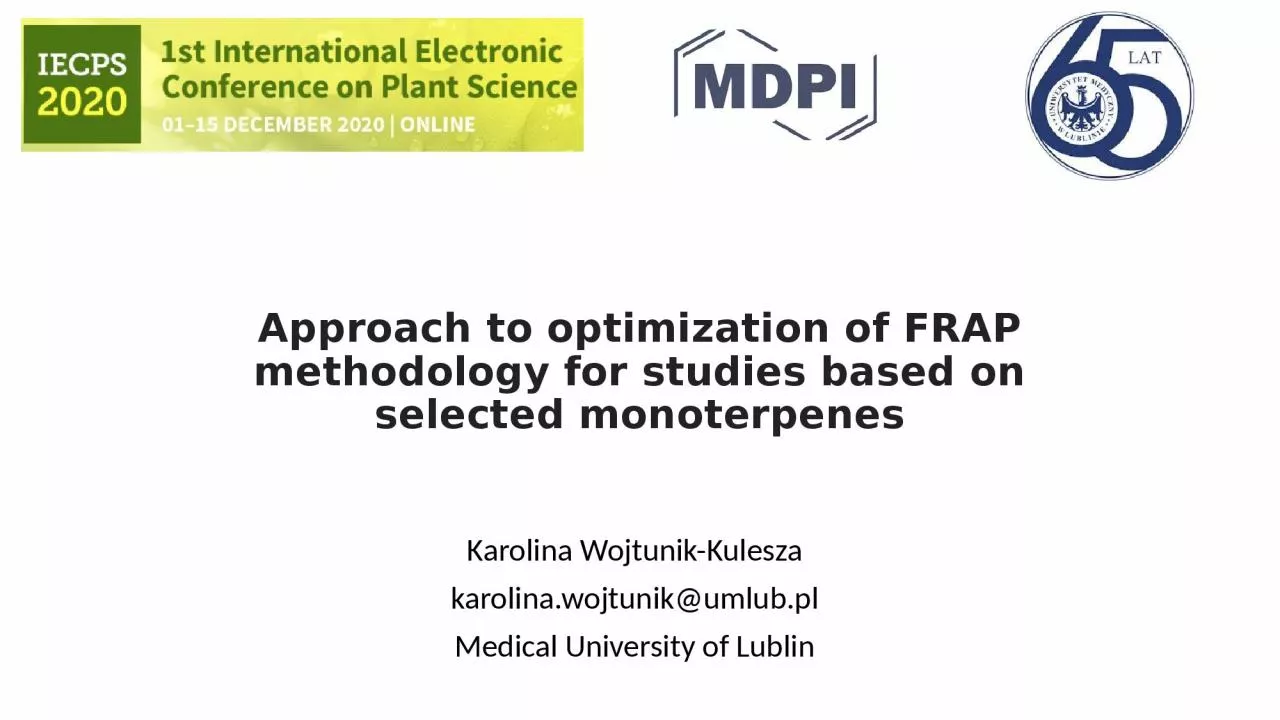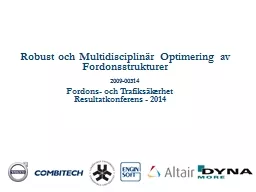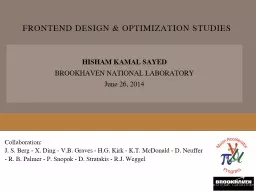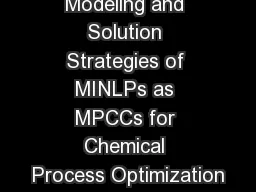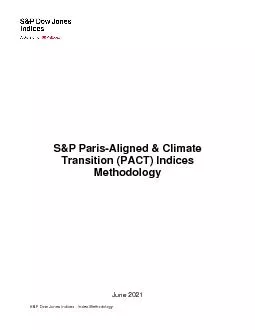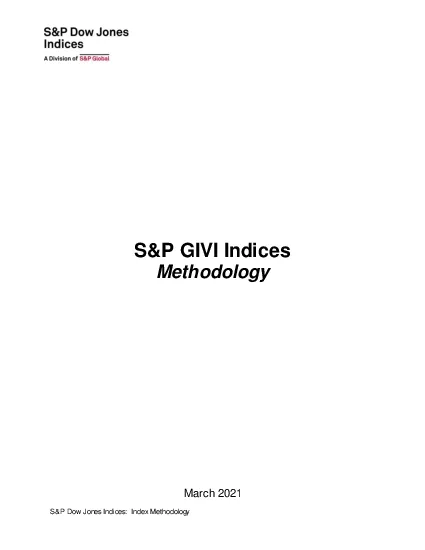PPT-Approach to optimization of FRAP methodology for studies based on selected monoterpenes
Author : elise | Published Date : 2024-01-29
Karolina WojtunikKulesza karolinawojtunikumlubpl Medical University of Lublin A few words about monoterpenes Natural substances which are one of the main
Presentation Embed Code
Download Presentation
Download Presentation The PPT/PDF document "Approach to optimization of FRAP methodo..." is the property of its rightful owner. Permission is granted to download and print the materials on this website for personal, non-commercial use only, and to display it on your personal computer provided you do not modify the materials and that you retain all copyright notices contained in the materials. By downloading content from our website, you accept the terms of this agreement.
Approach to optimization of FRAP methodology for studies based on selected monoterpenes: Transcript
Download Rules Of Document
"Approach to optimization of FRAP methodology for studies based on selected monoterpenes"The content belongs to its owner. You may download and print it for personal use, without modification, and keep all copyright notices. By downloading, you agree to these terms.
Related Documents

